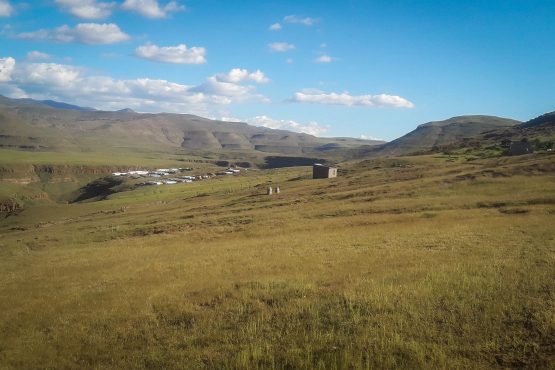As the agricultural season peaks, agricultural labor opportunities are high for very poor and poor households, although wage rates remain below average. In urban and peri-urban areas, income from formal and casual labor opportunities continues to be negatively impacted by COVID-19 restrictions. Household access to remittances and income labor migration remain below-average due to border restrictions and closures. Most households are dependent on market purchases for food, but below-average purchasing power for very poor and poor households is driving food consumption gaps and Crisis (IPC Phase 3) outcomes. However, household food access is expected to improve with the start of the harvest in April.
• According to CHIRPS satellite data, Lesotho has received cumulatively average to above-average rainfall since mid-October. The maize crop is reported to be in good condition and at the reproductive stage, with some areas at crop maturity. However, heavy rainfall in late January and early February resulted in some localized crop damage. However, Lesotho is expected to have a better harvest than the previous three years. According to key informants, the green harvest is not yet available for most households, although some farmers are already accessing green foods.
• As of February 24, 2021, Lesotho has 10,467 cumulative COVID-19 cases. In February, the daily rate of confirmed COVID19 cases has fallen compared to the rapid increase in confirmed cases in January following the festive season. On February 3, 2021, the government eased the ‘red level’ lockdown to ‘orange level’. However, restrictions limiting cross-border travel and reducing the operating capacity of transport, factories, retailers, restaurants, and other vendors remain in place, negatively impacting economic activity in rural and urban areas.

